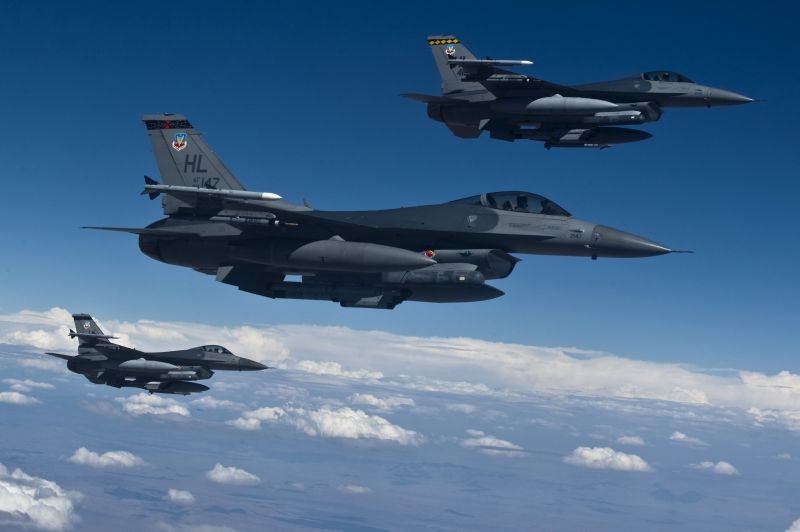Air Force senior leaders issued updated guidance to leaders of Air Force major commands and addressed the service’s Airmen last week on how the service will operate under sequestration and a continuing resolution for the remainder of the fiscal year.
Acting Under Secretary of the Air Force Dr. Jamie Morin and Air Force Vice Chief of Staff Gen. Larry Spencer detailed in a memorandum what the service will do to navigate through an uncertain fiscal environment.
“On 1 March 2013, we expect to absorb over $12 billion in sequestration reductions while we simultaneously work to mitigate an (overseas contingency operations) shortfall of $1.8 billion and operate under a highly restrictive continuing resolution,” they say in the memorandum.
“These events are unprecedented for the department and the USAF,” Morin and Spencer wrote.
In a letter to all Airmen, Air Force Chief of Staff Gen. Mark A. Welsh III talked about what sequestration means for the service.
“March is here, and unfortunately, so is sequestration … that means the entire Department of Defense, including our Air Force, will experience about a nine percent budget cut across all programs — starting now, and with no ability to adjust which accounts those cuts come from,” Welsh said.
Sequestration, signed into law as part of the 2011 Budget Control Act, is a package of mandated cuts to the federal budget, totaling some $1.2 trillion over 10 years of which some $85 billion takes effect in fiscal 2013.
In their memo, Morin and Spencer said a reduction of this magnitude would be devastating to our mission and our people.
One of the most notable impacts is furloughing of approximately 180,000 civilian employees.
Civilians may be furloughed without pay for up to 22 discontinuous (or 30 continuous) days spread over a maximum number of pay periods possible with no more than 16 hours furloughed in pay period. The covered pay periods are from April to September 2013. The memo noted that only the Air Force vice chief of staff or other high-level designees can approve limited mission-driven exemptions.
Addressing the operational impacts, Welsh noted the immediate actions to training to protect the strategic advantage that airpower provides — the ability to respond at a moment’s notice.
“Some of our flying units will start to cut back on training immediately to protect the readiness of units scheduled to deploy and those with key mission responsibilities,” he said.
Of the more visible actions taken to support readiness needs, leadership has cancelled all aviation support to public events for at least the remainder of the fiscal year and is standing down the Thunderbirds aerial demonstration team.
The memo also outlines additional impacts to education and training programs, weapon systems sustainment, working capital funds and investment accounts.
On the education and training front, the Air Force will continue to attend all scheduled Defense Department and joint education and training events, but, third quarter attendance at short-term professional military education courses will be reduced, as well as all Headquarters Air Force leadership development courses scheduled through April 2013.
While the measures must be taken, Morin and Spencer stressed the need to carefully evaluate each action.
“Implementation of these actions should be structured as best possible to minimize short- and long-term harm to our people and unit readiness,” they said.
Welsh emphasized the importance of teamwork in working through these impacts.
“The impacts of sequestration will be noticeable, they’ll likely affect you, and, in some areas, they’ll hurt our mission in a big way,” he said. “But we’ll hang together and get through this … and hopefully our nation’s leaders can reach agreement and get things back on a more even keel soon.”










